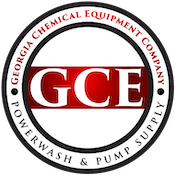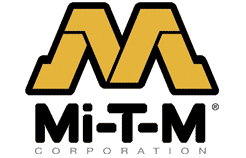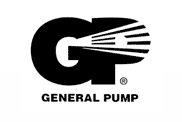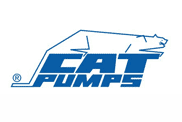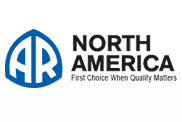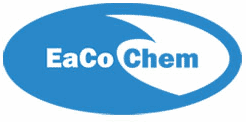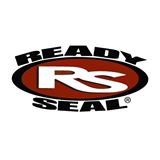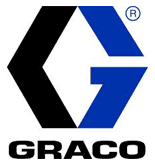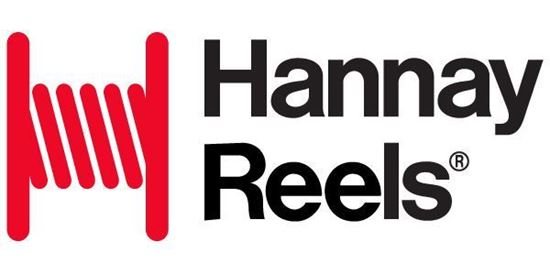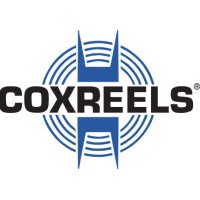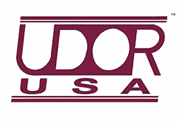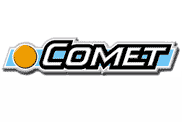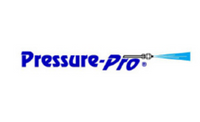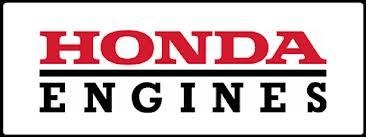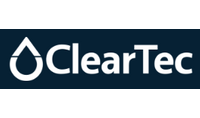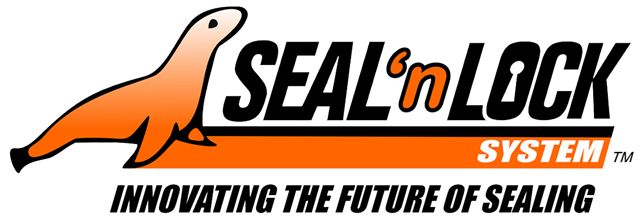Referral Programs & Why They Work
Word-of-mouth is the best advertising.
Although this is a familiar saying, most contractors do not use the very people who create the best word-of-mouth advertising – satisfied customers. It’s important that once you have satisfied your customer you then learn how to use this satisfaction for referral and/or reference programs. You can literally turn their enthusiasm and their contacts into new jobs and profits for your business.
There are two distinctly different types of programs – a Referral program and a Reference program. Both can help you capitalize on your customers’ satisfaction.
Referral Programs
In a referral program, you ask your satisfied customers to share your business information with neighbors, family, and friends who might need services from you. In exchange for these referrals, you give your customers a reward. In most instances, monetary awards will work the best, but future free or reduced service costs can also be an incentive. These monetary rewards do not have to be large rewards to be useful, even a reward as small as a $20 or $25 gift card can work. Plus these do not have to be given upfront but only as an incentive for a positive outcome. If you do not see the referrals and the jobs you do not pay anything out. And of course, with free added job service in the future, you have no immediate cash outlay at all.
While referral programs can be effective, they do have one major drawback. Some people feel very uncomfortable about giving out information or approaching friends and family. Because of this, you must be careful and watch your customers’ reactions when you first ask if they’d like to be a part of your referral program. If they have a negative reaction to your request, do not try to overcome their objections. Tell them that you understand their feelings, and then change the subject.
Still, there are some good reasons to start a referral program. Some customers will be happy to participate. Plus, referral programs are very easy and inexpensive to initiate and administer.
There is another advantage to asking your customers for their referrals. It’s a good way to find out if your customers are truly satisfied with the work your company has done. If you discover that none of your customers are willing to act as referrals, you should re-examine your work. Are you making promises you can’t keep? Did you create expectations that you couldn’t – or didn’t – meet? Did your technicians do a good job? Did they clean up after themselves when the job was completed? Before you ask your customers to participate in your referral program or give you a reference you have to decide which kind of program would be best for your business. There are two types of referral programs you should consider.
In one type of program, you ask your customers to give you the names, phone numbers, or e-mails of the people they know who might be interested in using your services. Once you have the list, you contact the referred names and try to set up your free evaluation appointments. Using your customer’s name in the introductory process of your phone call, it could go like this:
“Hello, Mrs. Green? My name is Jim Sample from ABC Sample House Washing. We just finished work for your friend Mrs. Winter and suggested I call you. She said you might be interested in hearing about having your house and roof washed. I’d like to make an appointment with you – at your convenience for a free evaluation. What day would work best for you?”
An e-mail might be just as short but could also include links to your site or to a pre-set landing page.
“Dear Mrs. Green,
I am Jim Sample from ABC Sample House Washing and your friend Mrs. Winter gave me your e-mail address and suggested I contact you. She thought you might be interested in having your house and/or roof washed like she just did. I’d like to direct you to our website where you can learn more about my company and our services. We offer a free, no-obligation home evaluation and I would like to set up a time at your convenience to stop by. The website is www.ABCSampleHouseWash.com, and my phone number is 1-800-555-1234.”
The second method is to ask the customer to recommend or reference your company to their friends and family, by leaving them business cards or tri-fold brochures. When these friends and family members call you, they mention your customer’s name. If the referral purchases services from you, your customer receives the reward. Many find this less intrusive than the first and this type of system is used much more effectively than the first.
But in both instances immediate action after the service is performed is critical. A satisfied customer is more likely to make a referral for you within the first 48 hours following the service than is any other time. So try to include time urgency in your referral offer. Like a higher monetary gift amount or a larger free next service if the new customer responds in the allotted time frame, say the next 72 hours or three days.
How To Start A Referral Program
- When you finish a job ask your customer if they would be willing to act as a referral for you. If they are interested, explain how your referral program works.
- Leave a form for the customer to fill out – with a stamped, self-addressed envelope for the customer to give you the requested information. Make a note in your calendar to call the customer in seven to ten days if you have not received his referral list. You could instead offer the customer a web landing page to fill out this information thus saving printing and mailing costs and receiving a possible higher and faster return than old the hand-written method.
- If your customer does not wish to fill out a form for the first type of program, explain that he can recommend, or give out your company and services as a reference, directly to his friends and family by using the provided cards or pamphlets. Make sure they understand that if they want to receive the reward, the referrals must mention their name when they call you to make their appointment and they must receive a service for the referral reward to be paid. Contact alone is not enough, purchase must be the result.
- Always fulfill your customers’ reward promptly for their referrals, with a thank-you card when the referral turns into a customer. The past customer will be more likely to continue once they know the promise of reward will be properly acted on.
At the Very Least, Ask for Testimonials
You may find you have a very satisfied customer who states they have no friends or family locally or do not want to participate in either program. In this case, ask for them to give you an oral or written statement about your work. You can give them a satisfaction survey card to fill out and give back or mail to you with a fill-in-the-blank portion where these customers can write their comments that you can then use as testimonial statements. You can also do this in a follow-up e-mail to them, within the 48 hours discussed earlier, asking for their feedback on your service.
Pictures speak louder than words
Is also a very well-known saying, but still very true. Even if you never got the first taker for a referral program, you can still use your satisfied customer’s property and the job you performed to get your future work by taking pictures.
Before and After photos show potential customers what you can do for them without words. They can see for themselves the results you have produced for others. Never miss the opportunity to take high-quality photos of every job you do. You can take long views that include your equipment in the picture, include your uniformed technicians performing the work, and close-ups of the dirty vs. clean surfaces. Always make sure it can be recognized as being in the same area or location and if possible in the same light, even if you have to drive back by a few days later. You want no doubt that the photos are the same property. Videos are also becoming more of the norm and taking the time to invest in creating some and posting them on your site and even on YouTube will be worth it.
Besides verbal testimonies, visual testimonies are the most influential single element for potential new customers.
